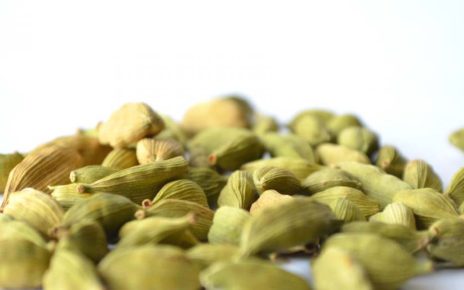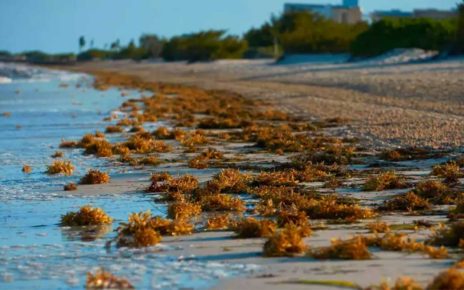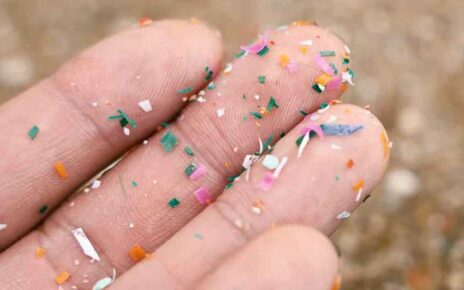Millennials’ obsession with avocado toast is probably an unfair stereotype. But a scientific breakthrough is promising to secure the supply of smashed avo for future generations.
A PhD student in Australia has developed what’s claimed are the first critical steps to create a cryopreservation protocol for avocado which had never been achieved until now, despite more than 40 years of research.
Cryopreservation is the technology used to freeze human biological material such as sperm and eggs at minus 196 degrees Celsius (-320 degrees Fahrenheit) by being placed in liquid nitrogen. Cryonics has been used to freeze other plants such as bananas, grape vines and apple. It now offers a tantalising method of safeguarding the supply of the hip green superfood.
“The aim is to preserve important avocado cultivars and key genetic traits from possible destruction by threats like bushfires, pests and disease such as laurel wilt – a fungus which has the capacity to wipe out all the avocado germplasm in Florida” said University of Queensland PhD student Chris O’Brien.
He added that because liquid nitrogen does not require any electricity to maintain its temperature, successfully freezing avocado germplasm is an effective way of preserving clonal plant material for an indefinite period.
O’Brien began by using a clonal shoot tip developed from tissue culture propagation technology — a technique used to maintain plant cells.
This enabled up to 500 avocado plants to grow from just one shoot-tip. However, O’Brien said this work only resulted in recovering brown mush after freezing the avocado tips. “There was no protocol so I experimented with priming the tips with Vitamin C, and used other pre-treatments like sucrose and cold temperature to prepare the cells – it was a question of trial and error to get the optimal mixture and correct time points.”
Eventually, he placed the shoot tips on an aluminum foil strip, which meant they could quickly cool and rewarm without becoming a slush.
They were then placed into a ‘cryotube’ before being stored in liquid nitrogen. The frozen shoot tips were later revived in a petri dish containing a sucrose mixture to rehydrate.
“It takes about 20 minutes to recover them,” O’Brien said. “In about two months they have new leaves and are ready for rooting before beginning a life in the orchard.”
He has achieved 80% success in regrowing frozen Reed avocado plants and 60 per cent with the Velvick cultivar.
Eighty revived avocado plants are now growing in a glasshouse. Professor Neena Mitter from the Queensland-based Centre for Horticultural Science, who collaborated on the study, said this was the first time the plants had experienced life outside the laboratory.
“I suppose you could say they are space-age avocados – ready to be cryo-frozen and shipped to Mars when human flight becomes possible,” she said.
“But it is really about protecting the world’s avocado supplies here on earth and ensuring we meet the demand of current and future generations for their smashed ‘avo’ on toast.”
Source: Food Navigator










